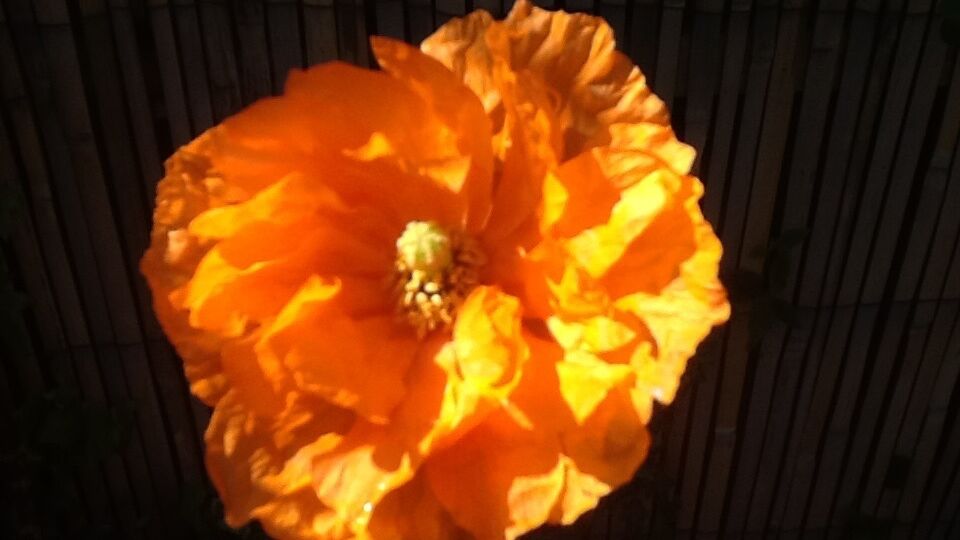
Happy New Year!
So here we all are–feeling the chill and facing the challenges of 2025! There’s no denying there’s some very stark realities which we are confronting in all corners of the world right now. Perhaps the reality that we witness most immediately on the micro level at Spare Tyre is that of inequality, and the culture of scarcity. Our participants are often at the sharp end of a scarcity of resources that is becoming normalised. As a company, we’re forever challenged to live up to people’s expectations of us, with fewer and fewer resources to meet them. In the commercial world, theatre is made and performed in a market place and that market place mindset spills over into the subsidised[1] and charitable[2] end of theatre, where we mostly work. As a feminist company, we know that when societal conditions get tough, it’s women whom society still expects to pick up the pieces and pay the penalty, in their finances and their health. In subsidised theatre, where grants are harder to get than ever, the added pressure is often put on freelances and small core teams–often led by women – who experience the burn out.
So, what to do? Sing “la la la!” and pretend it’s not happening, or do what we can to resist the conditions we’re in and flourish despite them? As Rebecca Solnit says, Optimism is a state of mind but Hope is a verb. It’s a muscle. That image you hold of a better world matters. If you can’t imagine something, you won’t bring it into a state of being.
When I joined Spare Tyre–just over 5 years ago–before a pandemic, before acquiring a long-term health condition, I brought with me an ethos called the quadruple bottom line. Not very creative sounding–but stay with me. Most budgets are built on a money in/money out basis. If they balance–in subsidised theatre–you’re doing ok. If you have a small surplus at the end, all the better. This is good as far as it goes but it doesn’t tell the full story of our world, and it leaves out a number of perspectives that need to be taken into account. The Quadruple Bottom Line looks beyond just the money involved in a project–it understands how the project contributes and what it costs across four criteria: Community, Art, Finance, Environment – CAFÉ.
In the CAFÉ ethos, we look at how we invest all our resources: people, materials, money, energy and see what we think will happen. For the people involved what will we enjoy, discover, learn? How do we avoid becoming overloaded? What artistic outcome do we think we will get to, and who will experience it? What’s the financial picture – how can we finance what we want to do? What’s our impact on the planet going to be – can we justify it?
In capitalist language, what’s the return on our investment across these four criteria?
In social justice terms: in the COMMUNITY part of CAFE, we’re looking at fairness, access and inclusion for our participants, artists, and team. With ART – we’re aiming to work with people who experience inequality of fun, of self-expression, of access to taking part in or creating great art, for FINANCE we looking to spend our cash with people who don’t get a fair crack of resources invested in their lives or locales and as for ENVIRONMENT – we’re always working on reducing our impact on the planet and to find ways to work that are climate positive.
Many small-scale companies are working in a similar way but may not articulate it to themselves like this. I find it useful to keep CAFÉ front of mind, especially as we plan for new programmes of work.
And since 2021, we’ve developed a model for producing work that helps embody the CAFÉ ethos. With the “Kinder Producing Model” we’re taking radical steps away from the market-based model of theatre production and creating a process that works in tandem with the CAFÉ ethos, centring and promoting the creation of great art, along with the wellbeing of the people who make and enjoy it, ensuring it’s affordable and doesn’t harm the environment.
This is the first of a series of blogs exploring the “how, why, when, who, what and where” of the Kinder Producing Model, shared in the Hope that people will explore and apply it for themselves. Come back soon.
[1] Subsidised theatre is not for profit work made by companies that receive grants from public funders such as the Arts Council England or Local Authorities
[2] Theatre companies which are also charities can attract funding from charitable Trusts and Foundations to keep their work affordable for participants and audiences.